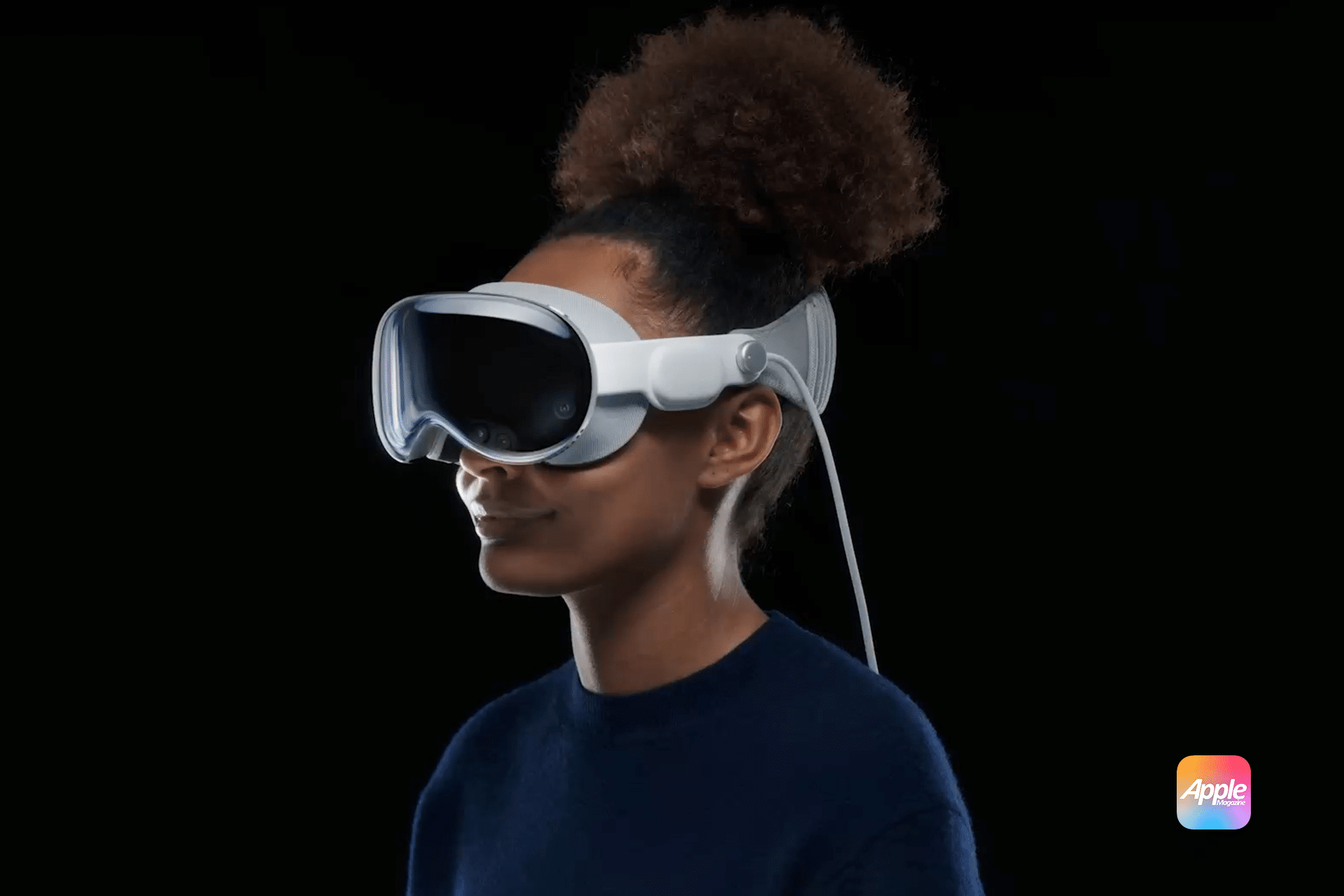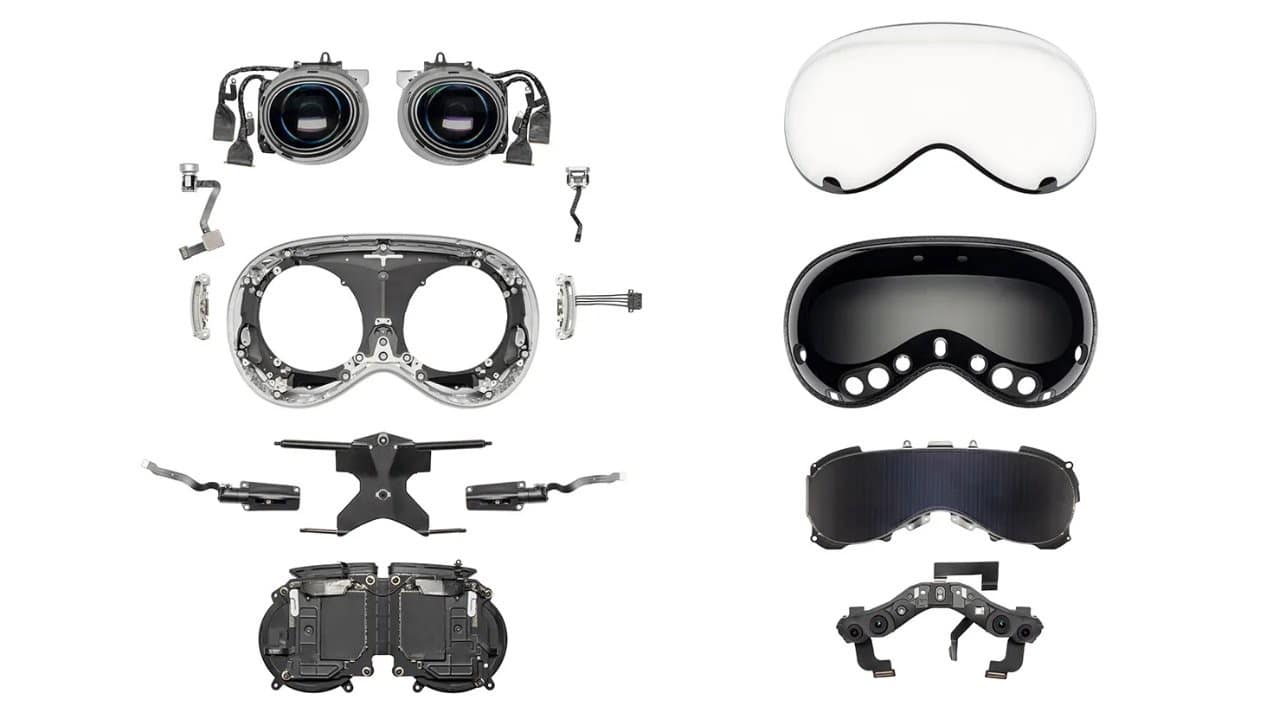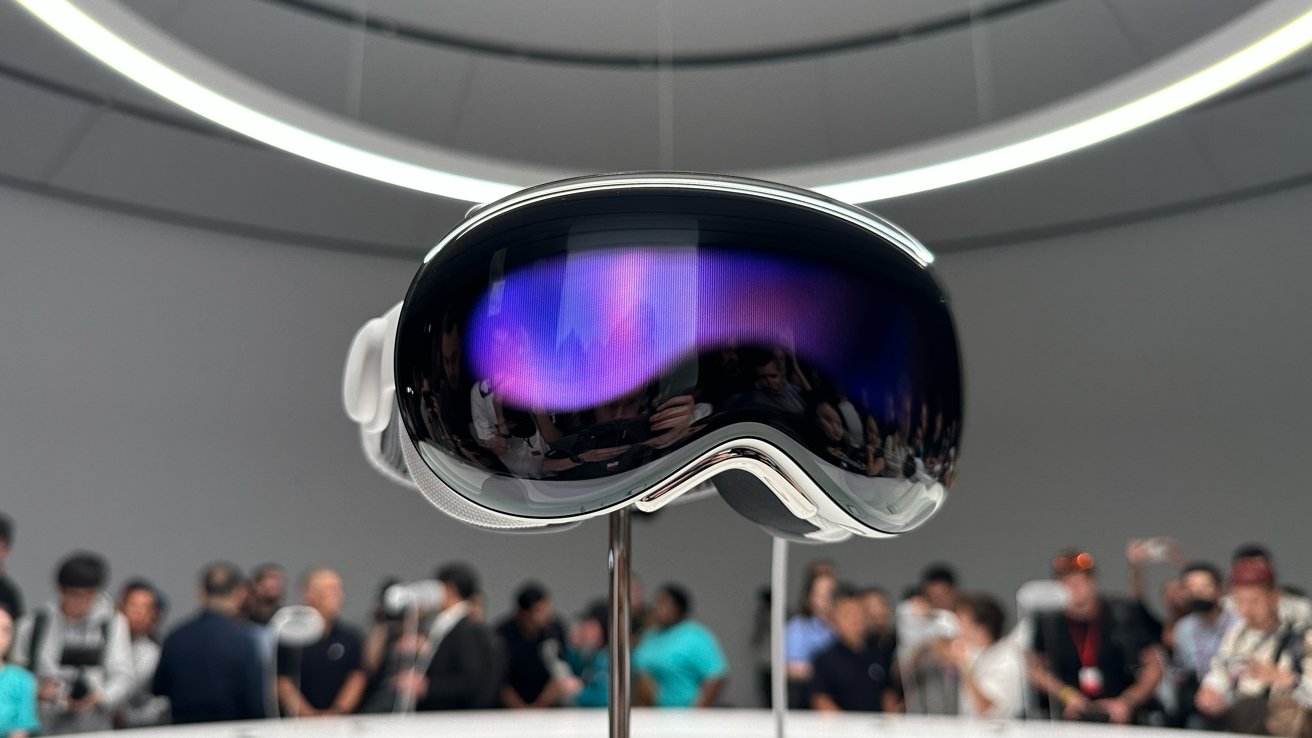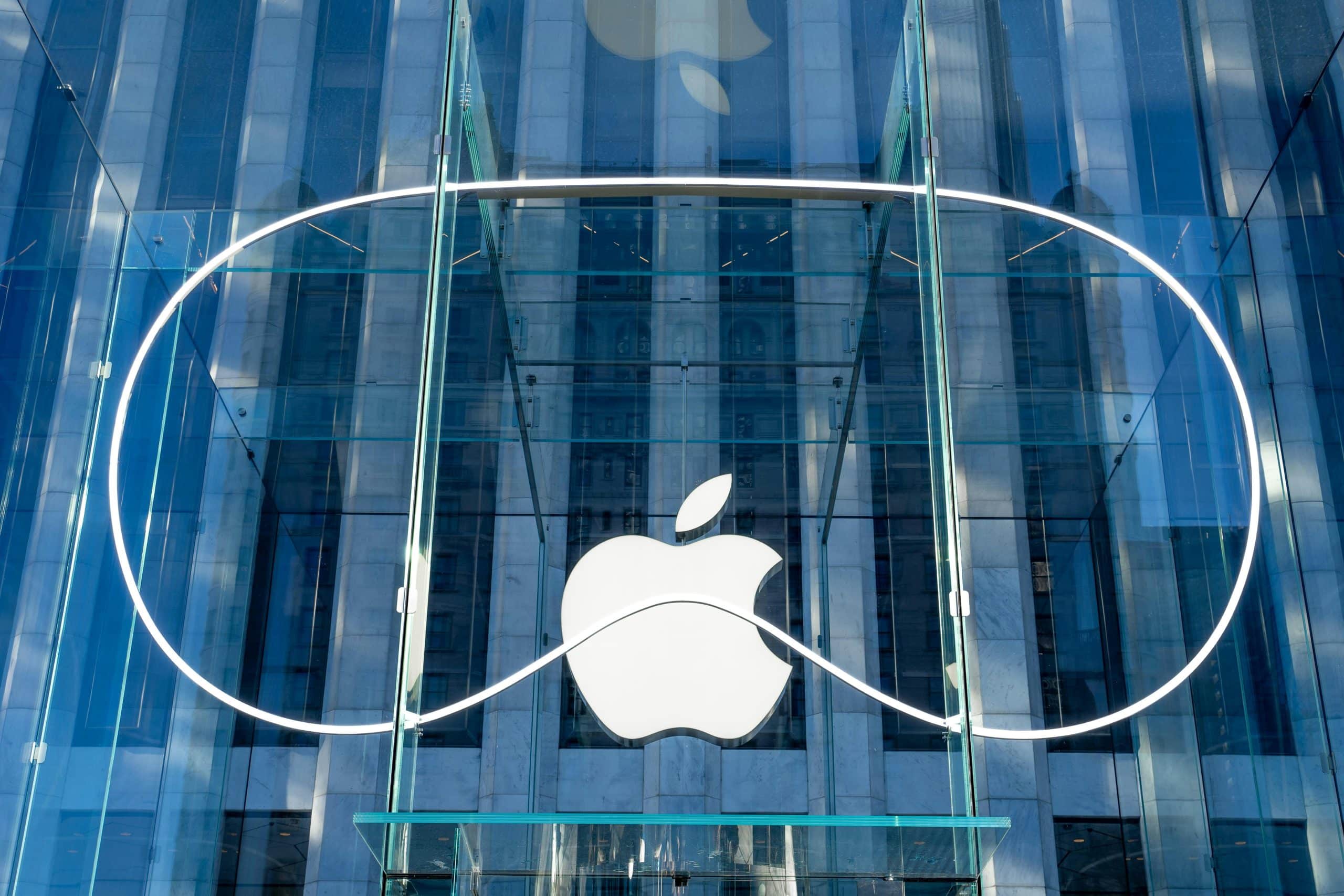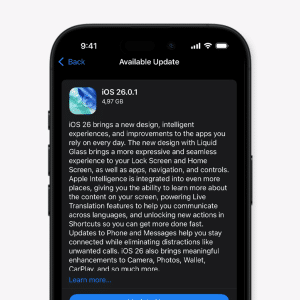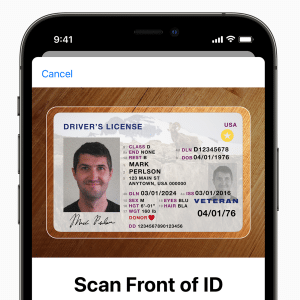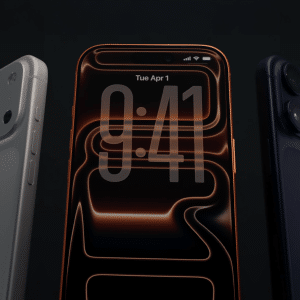While these updates are exciting for iPhone and iPad users, the Vision Pro headset could benefit most from these developments. As Apple moves deeper into spatial computing, the enhanced functionality of Siri could unlock new ways for users to interact with their devices, making Vision Pro a truly futuristic tool.
Here’s a closer look at how Siri’s evolution in iOS 18.4 could reshape its role across Apple’s ecosystem and what that means for Vision Pro’s future.
Siri’s Transformation: A Long-Awaited Evolution
Siri has been an integral part of Apple’s ecosystem since its introduction in 2011, but its progression has often lagged behind other AI assistants. Apple’s announcement of a “new era” for Siri marks a shift in its approach to artificial intelligence. This transformation is happening gradually, with incremental updates paving the way for a smarter, more capable assistant.
The journey began with iOS 18.1, which introduced a redesigned Siri interface and minor improvements. This was followed by iOS 18.2, which brought integration with OpenAI’s ChatGPT. However, the most substantial upgrades will arrive with iOS 18.4, expected to launch to all users in April, with a beta release as early as next month.
These updates are designed to address some of Siri’s long-standing limitations, making it a more reliable and intuitive tool for users.
The Three Key Features of Siri in iOS 18.4
With iOS 18.4, Siri is poised to gain three groundbreaking capabilities that could redefine its functionality:
- New App Actions
Siri will be able to perform hundreds of new actions across Apple’s apps without requiring users to open them. This means tasks like sending emails, managing reminders, or setting up FaceTime calls can all be done through voice commands. Additionally, third-party apps that support App Intents will offer similar capabilities, making Siri a more versatile assistant for a wide range of applications. - Personal Context Awareness
One of the standout features of iOS 18.4 is Siri’s ability to understand personal context. For example, users can reference specific texts they’ve received, past calendar events, or other personal data to receive highly tailored assistance. This contextual understanding makes Siri feel more like a real-life assistant, offering insights and actions based on the user’s unique needs and history. - Onscreen Awareness
Siri will also gain the ability to recognize what’s displayed on the screen, allowing users to interact with content more intuitively. Whether you’re looking at a webpage, a document, or a photo, Siri can perform actions based on what’s in front of you. This feature is expected to make multitasking more seamless and efficient.
These enhancements have the potential to transform how users interact with their devices, particularly when paired with the unique capabilities of Vision Pro.
Vision Pro and the Importance of Voice Interaction
Vision Pro represents Apple’s vision for the future of computing, blending the physical and digital worlds through spatial computing. As a new category of device, Vision Pro relies on innovative methods of interaction, including gestures, eye tracking, and voice commands. Among these, Siri plays a crucial role in enabling intuitive and efficient navigation.
Unlike iPhones or iPads, which offer touchscreens as a primary mode of interaction, Vision Pro’s hands-free approach makes voice commands an essential tool. For tasks like opening apps, dictating messages, or managing settings, Siri has already proven to be indispensable for early Vision Pro users.
For example, navigating the visionOS interface can feel overwhelming at first, but using Siri to open apps or perform actions simplifies the learning curve. Dictation is another area where Siri shines on Vision Pro, particularly for composing emails or replying to messages. Even with a Bluetooth keyboard connected, many users find it more natural to dictate responses, highlighting the importance of voice computing in this new paradigm.
How iOS 18.4 Enhances Vision Pro’s Potential
While the current version of Vision Pro does not yet support the Apple Intelligence features introduced with iOS 18, it is highly likely that these capabilities will be extended to visionOS later this year. The implications for Vision Pro users are significant.
Imagine being able to perform complex tasks in visionOS simply by speaking. Siri’s ability to handle advanced app actions without opening apps could streamline workflows, allowing users to stay immersed in their spatial environment. For instance, a designer working on a 3D modeling project could adjust settings, access tools, or export files without interrupting their creative flow.
Similarly, personal context awareness would make Siri even more useful on Vision Pro. By understanding your recent activities, appointments, or communications, Siri could proactively assist with tasks tailored to your current needs. This level of contextual intelligence aligns perfectly with the goals of spatial computing, where technology adapts to users rather than the other way around.
Onscreen awareness could also be a game-changer for Vision Pro. With Siri’s ability to understand what’s on your display, users could interact with digital content more intuitively. For example, if you’re reviewing a document in a virtual workspace, Siri could provide editing tools or summarize key points with a simple command. This hands-free interaction would enhance productivity and make Vision Pro more versatile in professional settings.
The Future of Spatial Computing with Siri
The advancements in Siri are not just about making tasks easier; they represent a broader shift toward more human-centric computing. Spatial computing, as embodied by Vision Pro, is all about creating immersive experiences where technology feels like a natural extension of the user.
Siri’s upgrades in iOS 18.4 align perfectly with this vision. By enabling more intelligent, context-aware interactions, Siri can become a cornerstone of spatial computing. Tasks that once required multiple steps or manual input could be accomplished with a single voice command, making Vision Pro an even more compelling device for professionals, creatives, and everyday users alike.
Challenges and Opportunities
While the potential of Siri’s new capabilities is exciting, there are challenges to consider. One key question is reliability. Voice assistants have historically struggled with accuracy, and Siri is no exception. For the new features to truly shine, Apple will need to ensure that Siri’s performance is consistent and dependable.
Another consideration is privacy. Features like personal context awareness require access to sensitive data, such as messages, calendar events, and app usage. Apple has emphasized its commitment to privacy, but users will need clear assurances that their data is secure and only used for intended purposes.
Despite these challenges, the opportunities are immense. Siri’s evolution could position Apple as a leader in AI-driven assistants, especially if the integration with Vision Pro proves successful. By combining cutting-edge hardware with intelligent software, Apple has the potential to redefine what’s possible in personal computing.
A Glimpse into What’s Next
As we look ahead, it’s clear that Siri’s role within Apple’s ecosystem is evolving. The enhancements introduced with iOS 18.4 are just the beginning of what promises to be a transformative era for Apple’s AI capabilities.
For Vision Pro users, the integration of these features could mark a turning point, unlocking new possibilities for productivity, creativity, and entertainment. Whether it’s navigating virtual environments, managing complex workflows, or simply interacting with digital content more naturally, Siri’s new powers have the potential to make spatial computing more accessible and intuitive for everyone.
The dream of effortlessly communicating with our devices, and having them respond intelligently, is becoming a reality. With iOS 18.4 and Vision Pro, Apple is taking a significant step toward that future, and the possibilities are as exciting as they are endless.
